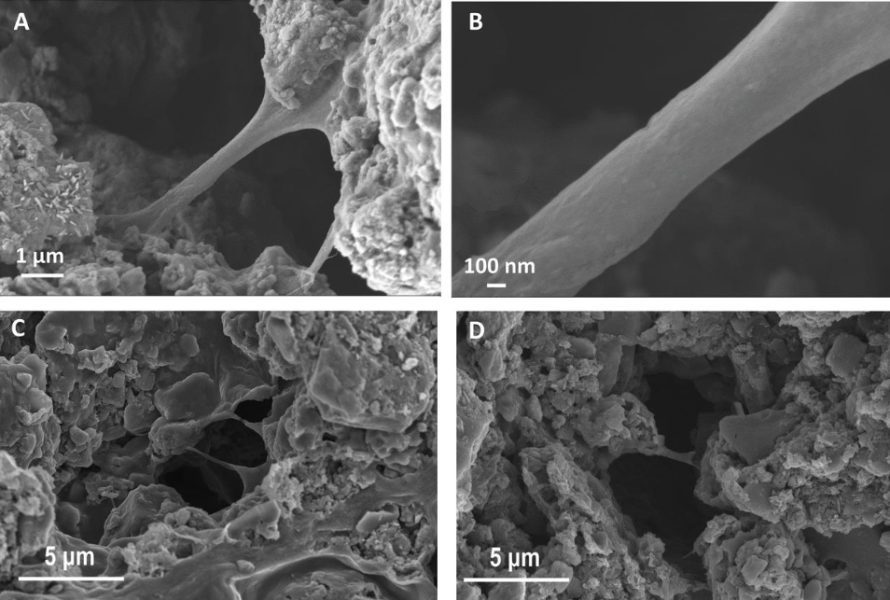
There is progress in Li-S battery technology: over 99%. power after 200 cycles
Scientists at the University of Melbourne (Australia) have announced advances in lithium-sulfur (Li-S) battery stabilization technology. They were able to create cells that retained more than 99 percent of their capacity after 200 cycles of operation and offered many times the capacity of lithium-ion cells for the same weight.
Li-S elements - there are problems, there are solutions
The idea of using sulfur in cells is not new: Li-S batteries were already used in 2008 on the Zephyr-6, which broke the record for non-landing range. It could remain airborne for almost 3,5 days thanks to lightweight lithium-sulfur batteries that powered the engine and charged themselves from photovoltaic batteries (source).
However, Li-S cells have one major drawback: withstand up to several tens of working cyclesBecause when charging, a cathode made of sulfur increases its volume by about 78 percent (!), Which is 8 times more than that of graphite in lithium-ion cells. Swelling of the cathode causes it to crumble and dissolve the sulfur in the electrolyte.
And the smaller the size of the cathode, the smaller the capacity of the entire cell - degradation occurs immediately.
> How long should an electric car last? How many years does an electrician's battery replace? [WE WILL ANSWER]
The Melbourne scientists decided to glue the sulfur molecules together with a polymer, but gave them a little more space than before. Part of the tight bonds were replaced by flexible polymer bridges, which made it possible to achieve a higher resistance to destruction with a change in volume - the bridges glue the cathode elements like rubber:

Polymer bridges linking the structures of sulfur molecules (c) University of Melbourne
Cells with such improved cathodes are at their best. were able to maintain 99 percent of their original capacity after over 200 charge cycles (a source). And they have retained the biggest advantage of sulfur: they store up to 5 times more energy per unit volume than lithium-ion cells.
Minuses? Charging and discharging took place at a power of 0,1 C (0,1 x capacity), after another 200 cycles, even the best solutions have dropped to 80 percent of their original capacity... In addition, at higher loads (charging / discharging at 0,5 C), the cells lost 20 percent of their capacity after several dozen, at most just over 100 charge cycles.

Opening photo: Oxis lithium-sulfur cell, which aims to commercialize this technology. Illustrative photo
This may interest you:
